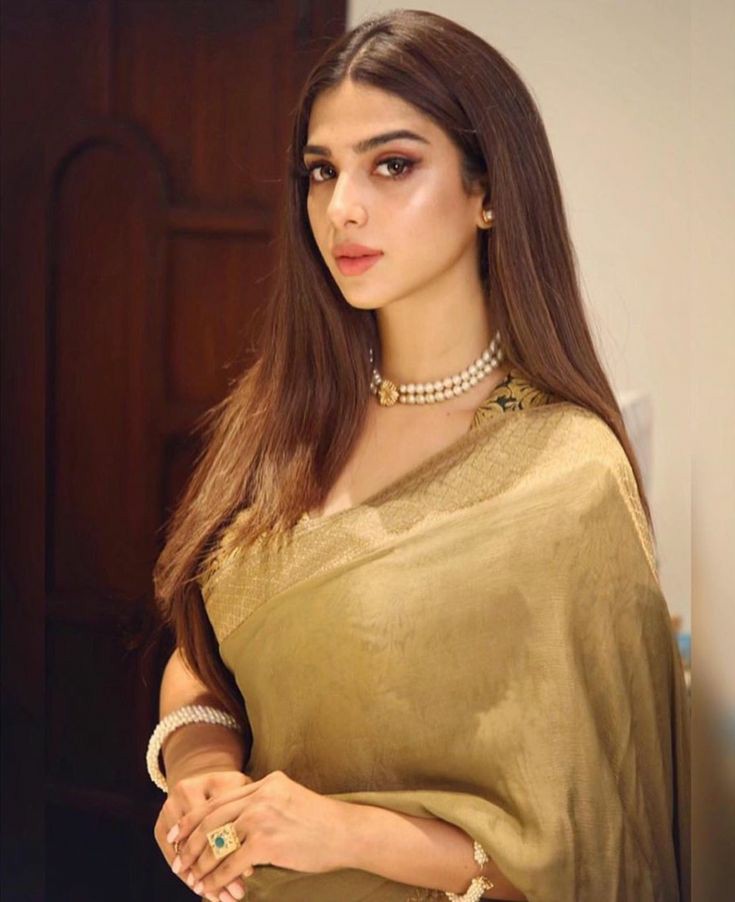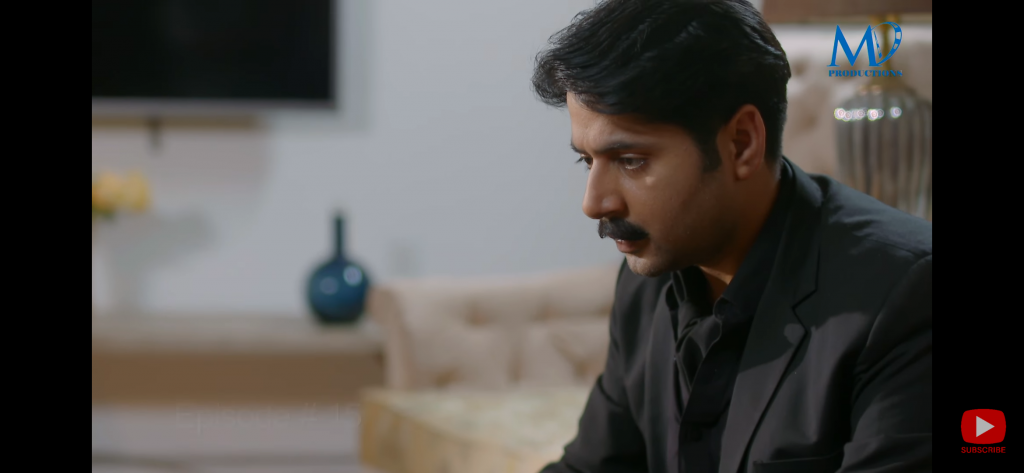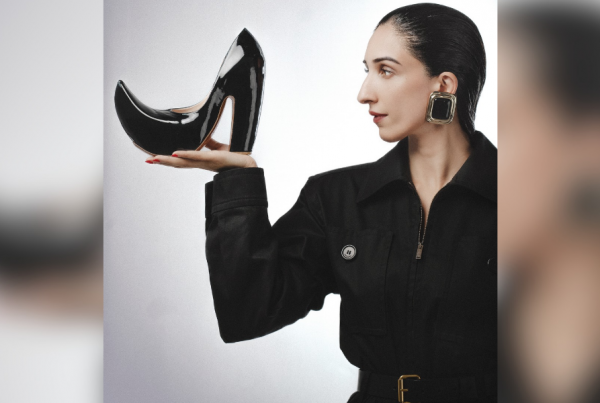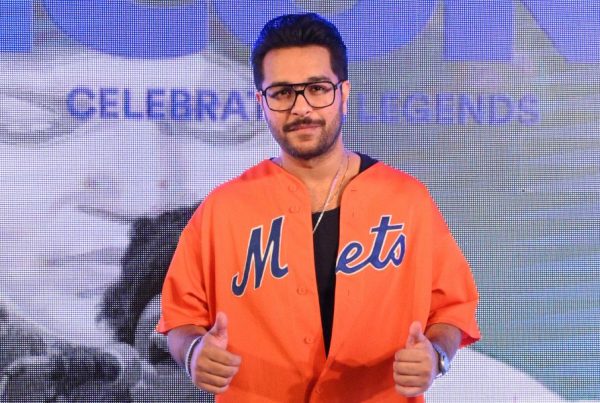For decades, Pakistani television and cinema has undermined the importance of thoughtful, well-researched costume design and prioritized glamour and performance over the possibilities of storytelling through fabric. Costumes breathe believability into characters and can add subtlety, depth and complexity to an actor’s on-screen persona by reducing the load on dialogue as the sole means of articulation. The right choice of costumes can go miles in not just making a fashion statement or starting a trend but can also function as a tool to define a character’s socio-economic class, personality traits, insecurities, and aspirational goals. But it’s not an element that is paid much attention to.
The power of costumes, wardrobe choices, textures and colours remains untapped and therefore it feels right to highlight some currently onscreen characters who got their due when it comes to styling and costume choices in dramas currently on air.
Let’s take a look…
Ulfat in Mohabbat Tujhe Alvida

Sonya Hussain’s portrayal of Ulfat has a well-defined character arc which goes from the (supposedly) struggling lower middle class to the upper class elite, and while there is verbose dialogue to harp upon her rags-to-riches story, her costume choices are spot-on and evoke her desperation to revamp herself according to the pretentiously flamboyant socialites she fancies and admires.
Her journey can be mapped from her plain floral print cotton shalwar-kameez to the shiny satin night suits draped with glistening synthetic and flowy nightgowns. She’s never really happy in the scene in this exquisite garb but there is a stark contrast between her mood and costume which brings forth her shallow demeanour and hollow fortune.

Ulfat’s incessant attempt to enter the league of haves from the loathsome troop of have-nots is evident in her transition to georgette and satin saris with the colour palette being either a bright, affluent cobalt blue or a seductive crimson red when she wants to woo her husband’s attention.

Noteworthy is her transitional phase, for which she wears an iconic combination: a sparkling ‘I-have-struck-gold’ chrysanthemum (chattak) orange, which is glittering and she tackily pairs it with lowered sunglasses, an artificial long pearl-bead necklace, large glittering golden jhumkas with rings glistening in all four fore-fingers. This phase is right when it has just begun to sink into her how big a lottery she has won and how her life is about to change entirely.
Saba Hameed as Shireen in Prem Gali

As rare as it is to see an all-women’s household, it is equally unusual to see a middle aged woman dress in mardana collared kurtas paired with bright contrasting ajraks worn to perfection by Saba Hameed’s character, Shireen in Prem Gali. Her androgynous style of wearing loose, straight cut collared kurtas, typically worn by men in Pakistan, is a loud and clear announcement for viewers as to who wears the pants in this house. She works full time, runs her own business, and has to interact with several male customers who are not at all used to seeing a grown woman running a parchoon store. There are several scenes where we see her without any dupatta and her airy, linear palazzos are certainly appealing and comfortable as the wear-to-work pants for women of every age group.

Even when Shireen dresses for her daughter’s mehndi/ maayoon she does so with utmost poise and finesse. The azure blue angarkha suit paired with a dazzling multicolored patchwork dupatta was a gorgeous choice that lit the screen and provided a nice change to her regular daily wear. Shireen’s character is a first to master gender fluid dressing and here’s hoping to see many more like her on television in the near future.
Qavi Khan and Shameem Hilaly in Prem Gali

Qavi Khan as Dada Jee and Shameem Hilaly’s character Rahat in Prem Gali have also curated their looks that not only bring grace and elegance to characters in their age group but also represent the region they belong to. We can definitely place Dada Jee’s childhood somewhere in rural Punjab and Rahat as an Urdu speaking lady from pre-partition India. Even her dialect is Dakhani Urdu that compliments her seedhe pallu wali (front facing pallu) saris, jhumkis and pendants somewhere close to the Hyderabad Deccan belt in India.

Dada Jee has definitely brought checkered dhotis teamed with light colored kurtas back in vogue on television. His choice of colors are apt, bright, breezy and paired well with pagris (turbans) and a shawl when the occasion is formal and demands more than just a vest and dhoti. The softer colour palette is well suited to his fun-loving and affectionate nature.

Imran Ashraf as Adam in Mushk

Imran Ashraf’s character Adam has most certainly mastered a rustic dapper look in Mushk, whilst creating a classic chic style for a young, quintessentially Pakistani desirable bachelor. The choice of colours worn by Adam is often reminiscent of the underlying moods in the scene. When it’s raining, he walks miles to buy a crate of diet coke, clad in a white shirt and double breasted suit jacket, paired with beige Khaki pants. This dreamy look captured well with a black umbrella in hand and a fluorescent pink wet towel given to him by the woman he loves, conveys exactly how smitten he is when it comes to Mehak.

Adam wears lighter shades when he is pensive or dressed for day time, and his costume is more towards darker hues when things get tense or he’s upset. For instance when he meets Ruby the courtesan while he is on his mission to rescue Roshni, and is later held captive, he is dressed in an all-black shalwar kameez, a black coat and an intense inner vest scarf-tie complimented with a large silver wrist watch which completes his fervent look for the tension inducing scene.

Who says that folks from rural suburbs cannot be fashionable? Globalization has penetrated every nook and cranny of the world and just because one hails from Mir Adam it doesn’t mean one must dress like a stereotypical paindu or that one can’t have a unique sense of style.
Ali Abbas’s character in Ghisi Pitti Mohabbat

Truly reminiscent of Govinda’s era in Bollywood, Ali Abbas’ character in Ghisi Piti Mohabbat is daringly garish, and brutally ostentatious by design. Clad in red pants and floral printed shirts, his lurid wardrobe makes his appearance and entry into the drama one to remember. Not only does his costume go well with his over-the-top ‘chichora’ character but what is striking is that he is a chichora with colossal confidence and that simultaneously speaks volumes through his outfit on-screen. This well-curated wardrobe is definitely one to watch out for.
It is worth mentioning that the role of a costume designer, period stylist and wardrobe in-charge is key because for every film and television series, these team members work closely with the director, production designer and with the script per se to create a culturally appropriate look that fits well with not just the time period but with the mood, the production’s chosen colour palette and the character’s on-screen persona.
Costumes, fabrics, textiles and colours are a real force to be reckoned with; they have a coded language of their own, which if given the right opportunity, can articulate the emotional trajectory of the characters and map their transitional arc right from the beginning till the very end.
Whilst these characters in our dramas have nailed their looks, here’s hoping that more Pakistani productions will invest time and attention to detail for all forthcoming television soaps and serials.





